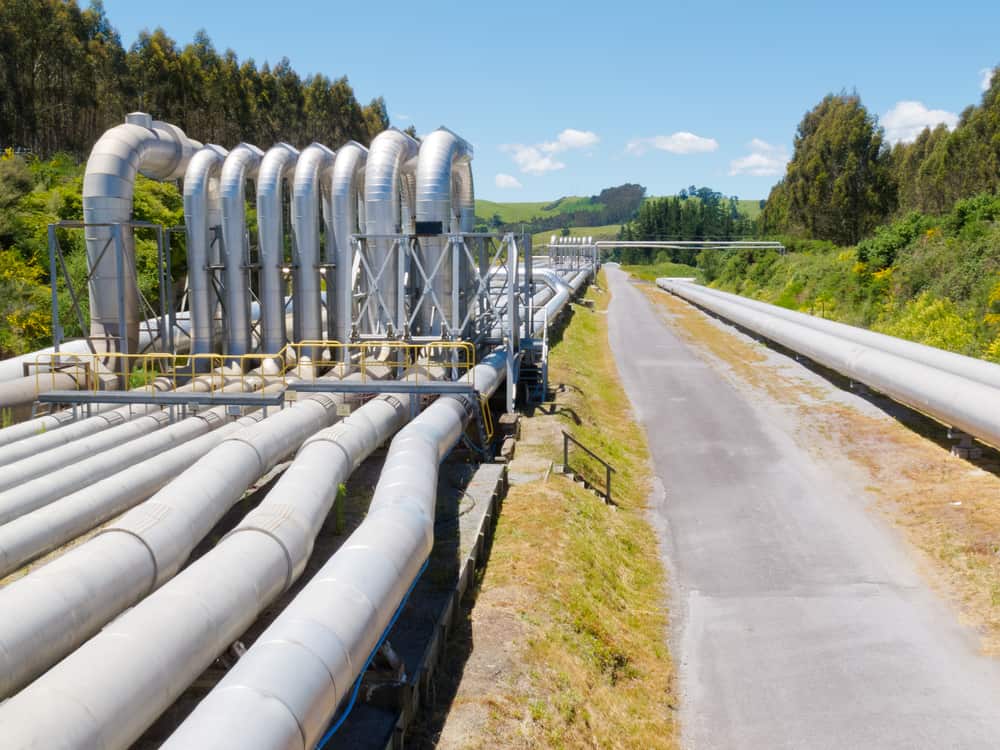
Natural gas liquids production has seen immense growth in the past few decades. As the largest global producer, the U.S. has more than doubled its natural gas liquids production since 2008. Yet, a common misconception persists about what makes it different from LNG (Liquefied Natural Gas). Natural gas liquids are not the same as LNG and include a broad range of hydrocarbons. This differentiation also indicates the difference in transportation methods. For instance, natural gas liquids are transported mainly through pipelines, unlike LNG carriers.
As the demand for natural gas liquids increases, industries have struggled to maintain commensurate infrastructure development. To develop the necessary infrastructure efficiently, manufacturers are turning to orbital welding. When fabricating pipelines for transporting natural gas liquids, orbital welding offers the advantages of speed and efficiency.
What Is NGL and How Is it Transported?
Natural gas liquids are hydrocarbon compounds extracted as byproducts during natural gas or crude oil processing. They include a mix of hydrocarbons, including ethane, propane, butane, isobutane, and pentanes. While the chemical arrangement of these fuels is similar, they have very different properties. And the difference in heating and cooling points can make extracting, storing, and transporting these natural gas liquids an involved process. Fuel extraction from raw natural gas generally is performed using the methods described below.
- Compression: Pressurize the gas to liquefy it.
- Fractionation: Use the boiling points of the different gases to separate them.
- Cryogenic expansion: Cool and condensate heavier gases to separate methane.
For these processes to carry forward in the refineries, the hydrocarbons extracted from the gas stream are transported via pipelines to the processing plants. Pipelines are considered the safest way of transporting natural gas liquids if the fabrication is performed correctly to prevent leaks.
How Is NGL Different From LNG?
Although the names may sound similar, natural gas liquids are not the same as LNG. LNG is methane and constitutes most of the hydrocarbon remaining after natural gas liquids extraction. The basic differences include:
| NGL (Natural Gas Liquids) | LNG (Liquefied Natural Gas) |
| Primarily composed of ethane, propane, butane, isobutane, and pentanes | Primarily composed of methane |
| NGL is obtained through pressurization or condensation | LNG is pressurized and stored for safer transportation |
| The extracted NGL is transported via pipeline to the refineries. | Pipeline transportation is not feasible. |
Orbital Welding Large NGL Pipelines
Pure or mixed natural gas liquids are transported via pipelines to processing plants, refineries, and downstream storage units or distribution terminals. These transmission pipelines are usually exposed to high pressure and, in some cases, cryogenic temperatures. The pipelines also often have dimensional specifications that include large diameters and long lengths. As a result, complex welding may be required for pipeline fabrication. Orbital welding provides an ideal solution.
Most pipes used for natural gas liquid transportation are big bore carbon steel pipes, although materials may vary based on the states’ individual regulations. Transporting natural gas liquids with carbon steel pipes presents issues like seam corrosion and stress-induced cracking. Additionally, when thicker large-diameter pipes are used, welding complexity increases. Orbital welding can prove advantageous for several reasons:
- It can provide precision and a sanitary welding environment—especially important during root pass and the subsequent hot pass.
- The automation at the core of orbital welding provides control and consistency for welding a wide range of carbon steel thicknesses.
- Controlled heat input facilitates complete weld penetration and avoids underbead gap formation. This reduces stress in the joint to prevent stress-induced cracking.
- Optimized heat input helps prevent segregation and grain growth, while proper shielding of the weld puddle prevents contamination. This assists in retaining corrosion resistance properties to ensure seam performance is not impacted.
- Auto weld heads perform in any position and provide excellent weld coverage along the interior and exterior circumference of the pipe.
Transporting Natural Gas Liquids With Ease and Safety
Assembling big bore pipes for transporting natural gas liquids and other heavier crude oils requires precision and consistency in welding along the pipeline. Safety, sanitation, and corrosion prevention standards underscore the care that hazardous liquid transport requires. To achieve the highest standards, manual welding is not a practical solution.
Orbital welding provides automation, weld parameter control, flexible welding, and remote monitoring that can be essential when welding natural gas liquid pipelines. With consistent and reliable pipeline welding, natural gas liquids can be delivered safely and efficiently.
Arc Machines, Inc. specializes in orbital welding technology and provides a wide range of orbital weld heads suitable for welding big bore pipes used for transporting natural gas liquids. For further inquiries regarding products, contact sales@arcmachines.com. For service inquiries, contact service@arcmachines.com. Arc Machines welcomes the opportunity to discuss your specific needs. Contact us to arrange a meeting.




